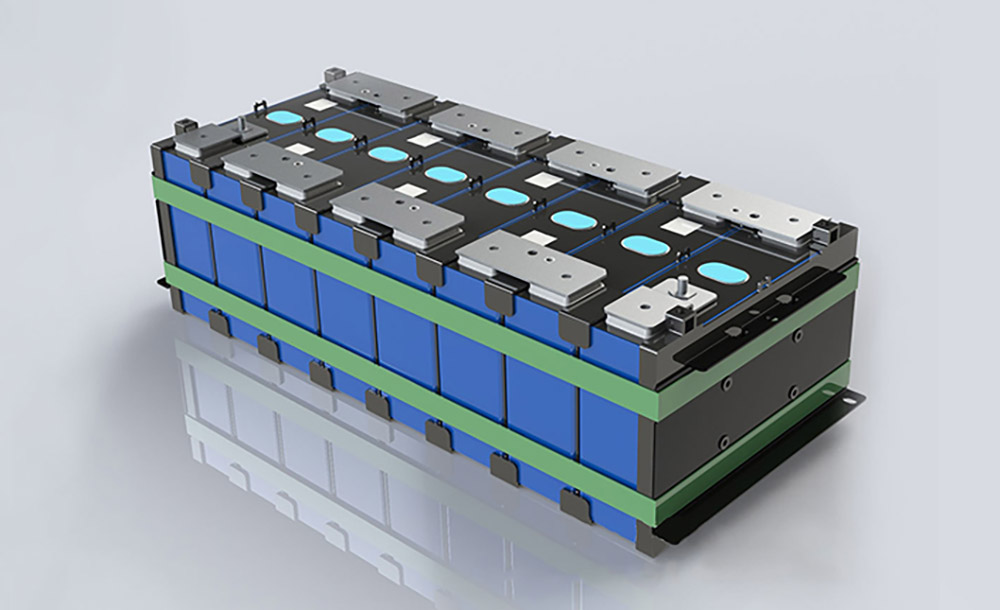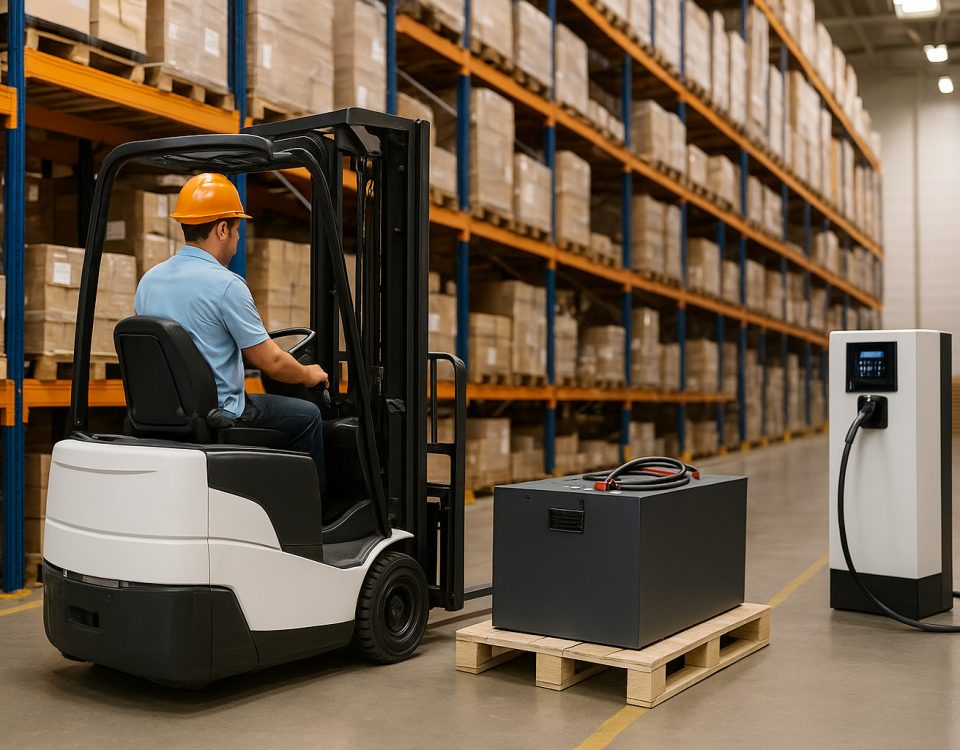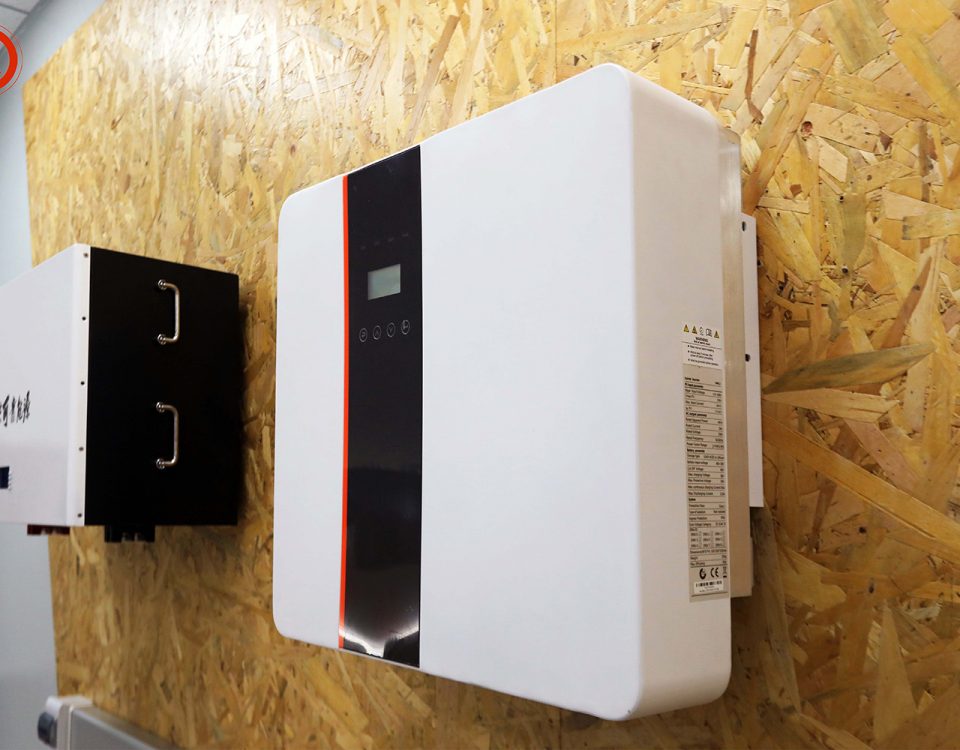Cách các tế bào lithium iron phosphate hiện đại (và các nhà sản xuất như RICHYE) cung cấp giải pháp lưu trữ năng lượng an toàn hơn, bền bỉ hơn và hiệu quả về chi phí cho mọi ứng dụng từ xe điện (EV) đến hệ thống dự phòng năng lượng gia đình.
Hóa học lithium iron phosphate (LiFePO₄, thường được viết tắt là LFP) đã âm thầm trở thành lựa chọn hàng đầu cho nhiều ứng dụng. Lưu trữ năng lượng Ứng dụng. Trước đây chỉ được sử dụng trong các thị trường ngách, LiFePO₄ nay đã được ứng dụng rộng rãi trong xe điện, hệ thống năng lượng mặt trời kết hợp lưu trữ, UPS và thiết bị công nghiệp — và có lý do chính đáng. Dưới đây, tôi sẽ phân tích mười ưu điểm cụ thể của pin LiFePO₄, giải thích ý nghĩa của những lợi ích này đối với nhà thiết kế hệ thống và người dùng thông thường, đồng thời nhấn mạnh các yếu tố thực tiễn cần xem xét khi lựa chọn pin cho các dự án thực tế.
1. Hiệu suất sạc/xả cao
Các tế bào LiFePO₄ chuyển đổi một phần lớn năng lượng đầu vào thành năng lượng lưu trữ và trả lại hầu hết năng lượng đó trong quá trình xả. Trong các hệ thống thực tế, điều này thường tương ứng với hiệu suất khứ hồi trong khoảng từ 80% đến 90% dưới điều kiện hoạt động bình thường. Hiệu suất này rất quan trọng: nó giảm thiểu năng lượng lãng phí, giảm chi phí vận hành cho hệ thống lưu trữ và cải thiện lưu lượng sử dụng cho các ứng dụng có chu kỳ sạc/xả nhanh.
2. Độ an toàn và ổn định nhiệt vượt trội
Một trong những ưu điểm nổi bật của LFP là tính ổn định nhiệt và hóa học vốn có. Điện cực catốt dựa trên phosphate ít có khả năng phân hủy tỏa nhiệt hơn so với một số hóa chất lithium khác, từ đó giảm thiểu nguy cơ cháy nổ, hỏa hoạn hoặc hỏng hóc đột ngột ngay cả trong điều kiện sử dụng sai (sạc quá mức, chập mạch hoặc hư hỏng vật lý). Đối với các nhà thiết kế và nhà điều hành đội xe, điều này có nghĩa là ít cần các biện pháp chứa đựng hoặc làm mát đặc biệt hơn và giảm bớt gánh nặng an toàn tổng thể ở cấp độ pin và hệ thống.
3. Tuổi thọ chu kỳ rất dài — tuổi thọ sử dụng thực tế
Các tế bào LiFePO₄ nổi tiếng với tuổi thọ cao. Các tế bào LFP được quản lý tốt thường có thể thực hiện hàng nghìn chu kỳ sạc/xả trước khi dung lượng giảm xuống mức có thể sử dụng được — thường ở mức hàng nghìn chu kỳ dưới các chế độ sạc/xả tiêu chuẩn. Đối với người sử dụng, điều này tương đương với nhiều năm hoạt động đáng tin cậy và tuổi thọ hệ thống được kéo dài đáng kể so với nhiều loại pin chì-axit hoặc các công nghệ cũ hơn.
4. Khả năng chịu nhiệt độ hoạt động rộng và khả năng chịu nhiệt tốt.
Hóa học LFP có khả năng chịu nhiệt độ cao tốt hơn nhiều so với các vật liệu cực dương lithium khác và duy trì hiệu suất trong một dải nhiệt độ hoạt động rộng. Khả năng chịu nhiệt này giúp giảm thiểu sự suy giảm do tiếp xúc với nhiệt độ cao và mở rộng phạm vi môi trường mà pin có thể hoạt động đáng tin cậy mà không cần hệ thống quản lý nhiệt phức tạp.
5. Đường cong điện áp ổn định và dung lượng sử dụng được
Các tế bào LiFePO₄ có đường cong xả phẳng và dự đoán được so với một số công nghệ hóa học khác. Điều này có nghĩa là điện áp tương đối ổn định trong hầu hết phạm vi dung lượng sử dụng, giúp đơn giản hóa thiết kế hệ thống (biến tần, điểm đặt BMS) và cải thiện trải nghiệm người dùng (các thiết bị hoạt động ở mức công suất tương đối ổn định cho đến gần hết dung lượng xả).
6. Không có hiệu ứng nhớ và tự xả thấp.
Khác với các loại pin dựa trên niken, pin LFP không có hiệu ứng nhớ — nó không yêu cầu các chu kỳ xả sâu để duy trì dung lượng. Tỷ lệ tự xả cũng rất thấp, điều này khiến pin LFP trở nên lý tưởng cho việc lưu trữ theo mùa, hệ thống dự phòng hoặc bất kỳ ứng dụng nào mà pin có thể nằm im trong thời gian dài mà không mất đi lượng điện đáng kể.
7. Công suất cao và khả năng sạc nhanh
LFP có thể chịu được dòng sạc và xả cao so với kích thước của nó, cho phép sạc nhanh và cung cấp công suất đột biến mạnh mẽ cho việc khởi động hoặc tăng tốc trong giao thông. Đối với nhiều ứng dụng thương mại và công nghiệp, sự kết hợp giữa công suất và độ bền này khiến LFP trở thành lựa chọn thực tế — bạn có thể sử dụng hiệu suất cao mà không làm giảm tuổi thọ lâu dài.
8. Nhẹ hơn và gọn nhẹ hơn so với các loại ắc quy chì-axit.
So với ắc quy chì-axit có cùng dung lượng sử dụng, các bộ pin LFP thường có kích thước nhỏ hơn và nhẹ hơn đáng kể. Điều này giúp giảm diện tích lắp đặt hệ thống và tăng mật độ năng lượng trên mỗi kilogram — một lợi thế quan trọng đối với giao thông điện, nguồn điện di động hoặc các hệ thống có yêu cầu về trọng lượng.
9. Thân thiện với môi trường và dễ tái chế hơn.
Các tế bào LiFePO₄ tránh sử dụng nhiều kim loại nặng và hiếm được dùng trong các công nghệ khác, và vật liệu của chúng thường ít độc hại hơn. Điều này giúp giảm thiểu rủi ro môi trường trong suốt quá trình sản xuất, sử dụng và xử lý cuối vòng đời. Đối với các tổ chức và người tiêu dùng ưu tiên tính bền vững, đây là một yếu tố quan trọng, đồng thời cũng giúp dễ dàng tuân thủ các quy định pháp lý ở nhiều khu vực.
10. Giảm tổng chi phí sở hữu và dự đoán được quá trình lão hóa.
Do có tuổi thọ chu kỳ dài, chi phí bảo trì thấp và hiệu suất ổn định, các hệ thống LiFePO₄ thường mang lại chi phí sở hữu tổng thể (TCO) thấp hơn so với các giải pháp thay thế trong suốt vòng đời sản phẩm — ngay cả khi chi phí ban đầu cao hơn. Hành vi lão hóa có thể dự đoán được cũng giúp nhà điều hành lập kế hoạch thay thế, bảo hành và bảo trì công suất mà không gặp phải những bất ngờ không mong muốn.
Điều này có ý nghĩa gì đối với người mua và nhà thiết kế hệ thống?
Lựa chọn pin luôn là một sự đánh đổi. LiFePO₄ không phải là loại hóa chất có mật độ năng lượng cao nhất trên mỗi kilogram — các công thức lithium khác có thể lưu trữ nhiều năng lượng hơn trong cùng một khối lượng — nhưng sự kết hợp giữa tính an toàn, tuổi thọ chu kỳ, khả năng cung cấp công suất và hành vi dự đoán được của LFP khiến nó đặc biệt phù hợp với nhiều ứng dụng chính thống: dân dụng và thương mại. Lưu trữ năng lượngXe buýt và xe thương mại nhẹ chạy điện, nguồn điện dự phòng, và sử dụng công nghiệp có chu kỳ cao.
Khi lựa chọn pin cho một ứng dụng, hãy cân nhắc các điểm thực tiễn sau:
-
Điều chỉnh tỷ lệ dòng điện (C-rate) của pin sao cho phù hợp với dòng điện sạc/xả dự kiến để kéo dài tuổi thọ pin. Pin LFP có thể chịu được dòng điện cao, nhưng việc lặp lại các điều kiện cực đoan sẽ làm tăng mài mòn.
-
Sử dụng hệ thống quản lý pin (BMS) uy tín được tối ưu hóa cho pin LFP — cân bằng pin và giám sát nhiệt độ giúp duy trì tuổi thọ và an toàn.
-
Kế hoạch quản lý nhiệt trong điều kiện khí hậu cực kỳ nóng; mặc dù LFP có độ bền cao, nhưng nhiệt độ môi trường cao kéo dài vẫn làm gia tăng quá trình suy giảm.
-
Đánh giá tổng chi phí vòng đời, không chỉ giá mua: thời gian sử dụng và chi phí bảo trì thấp hơn làm tăng giá trị của LFP.
Các nhà sản xuất như RICHYE và các đơn vị khác hiện nay sản xuất đa dạng các mô-đun LFP và gói giải pháp trọn gói. Khi lựa chọn nhà cung cấp, hãy yêu cầu dữ liệu thử nghiệm của nhà sản xuất về tuổi thọ chu kỳ trong điều kiện ứng dụng cụ thể, và so sánh các điều khoản bảo hành cùng cam kết duy trì dung lượng.
Kết luận
Các tế bào LiFePO₄ (LFP) mang lại một giải pháp toàn diện và ấn tượng cho lưu trữ năng lượng trong thực tế: hiệu suất cao, an toàn vượt trội, hàng nghìn chu kỳ sạc/xả đáng tin cậy, hiệu suất công suất mạnh mẽ và chi phí vòng đời thấp. Đối với nhiều người dùng và nhà thiết kế ưu tiên an toàn, độ bền và hoạt động ổn định, LFP thường là lựa chọn thực tế - và ngày càng phổ biến.




